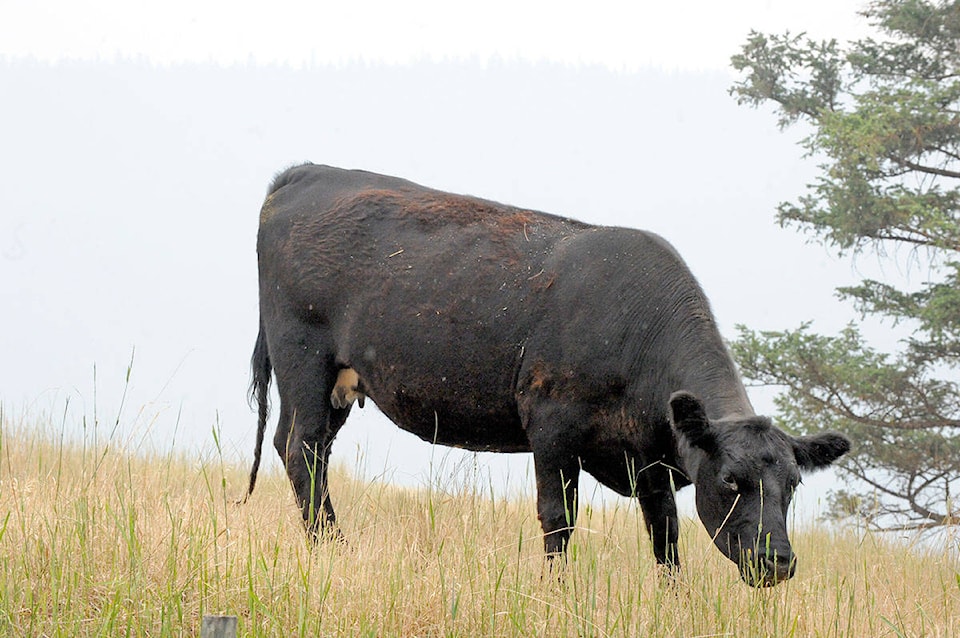David Zirnhelt
Special to the Tribune/Advisor
I have commented on this subject before, but it is urgent and important as fall marches forward. Vigorous regrowth of our pastures and hayfields should be happening.
While some of us, particularly those of us further east of the Fraser, have had several good rainfalls in the last three weeks, green up is spotty at best.
Why is this? Simply put it is because we have not adequate ground cover to absorb what rain falls. We need to have good litter layers of old and dead grass to provide a mulching effect on top of the soil.
This layer will insulate the ground from being too hot and thus drying out. It prevents excesss evaporation as well. More importantly, though, is the dead organic matter can be turned in by worms and other critters creating higher carbon levels.
Carbon in composted soil which can occur naturally just by leaving manure and plant residue on the surface attached to water molecules and helps them stay longer.
Vigourous microbiological communities in the soil can create black carbon from the decaying roots.
These can be encouraged by the effects of concentrated grazing as long as the grazing is for a short period and does not involve overgrazing.
Overgrazing is the weakening condition of the plants being eaten and then when they regrow a little being grazed again. Eventually the energy (sugars) stored in the roots will be depleted.
It is time consuming to be moving cattle frequently, but the rewards are there in the rested pastures which have enough above-ground stem left to immediately begin regrowing.
This is because if there isn’t enough leaf left to undertake photosynthesis immediately after the livestock have been removed or left, even if there is enough water it takes at least a month to regrow enough for considering grazing again on a pasture. How much grass there will be can be predicted by how much rain there was 30 days previous.
Vigorous plants (young and well fed) and good soil moisture holding capacity are the keys to healthy regrowth.
It pays to give attention to these factors.
A good drought plan matches the number of livestock to available forage, keeping in mind that overgrazing will reduce the amount of feed you have in upcoming seasons.
If we look after the land the land will look after us.
David Zirnhelt is a rancher and member of the Cariboo Cattlemen’s Association. He is also chair of the Advisory Committee for the Applied Sustainable Ranching Program at TRU.
